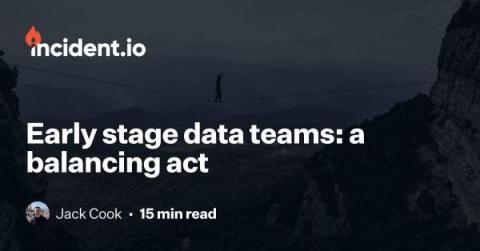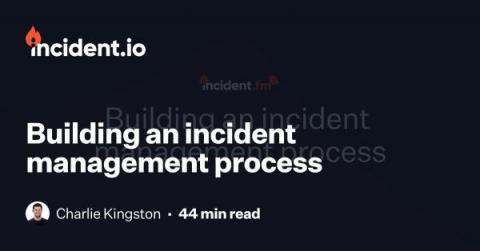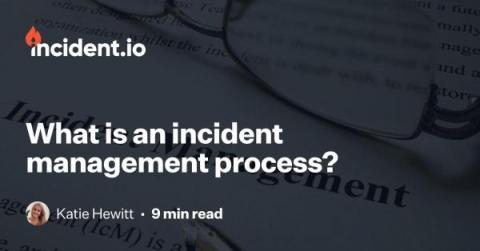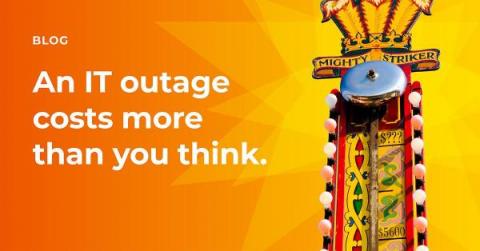Operations | Monitoring | ITSM | DevOps | Cloud
Incident Management
The latest News and Information on Incident Management, On-Call, Incident Response and related technologies.
Early stage data teams: a balancing act
Most well established data teams have a clear remit and a well defined structured for what they work on and when: from the scope of their role (from engineer to analyst) to which part of the business they work with. At incident.io, we have a 2 person data team (soon to be 3) with both of us being Product Analysts.
Empower the SREs - Conclusions from The SRE Report 2023
Let's be honest, nobody loves surveys. Ok, well I sure don't. But surveys satisfy a huge need in our demand for insights into complex human-computer, sociotechnical systems. It turns out that we've been measuring the computer part pretty well, but the humans – not as easy to keep track of. When Google SRE first defined toil as a metric we wanted to reduce, we spent far too long trying to quantify it numerically based on tooling and insights from computer systems.
Building an incident management process - incident.fm
Building an incident management process
In this podcast, our panellists discuss the foundations that any team needs to put in place when designing their incident management process. Starting from the basics of defining what we really mean by an incident, to how to set your severity levels, roles and statuses, Chris and Pete share their tips for building solid foundations to run your incidents.
3 questions to ask in the build vs buy debate for incident response tooling
As a former incident responder and now as a responder advocate for FireHydrant, I’ve seen the “build vs. buy” debate play out many times. In fact, I even supported the tool that former employers used for managing incidents for years before they decided to buy (more on that in a future blog post).
Webinar: Real talk: automation for ITOps
IT operations move fast. If you’re an ITOps leader, you need to be moving just as fast to make sure your team has what it needs. Positioning your team for success isn’t easy: complexity in IT is increasing every year and can reach a point where it exceeds a person’s capacity to keep pace. In the face of massive growth, ITOps teams can face major challenges with productivity, burnout and efficiency.
What is an incident management process?
Good incident management is critical to the successful running of any business. Get it wrong, and you risk damaging customer trust, brand reputation and, above all, your bottom line. In this article we’ll give you a 101 on incident management: what is it, why does it matter, and how can you do it well?
For incident management, should you build or buy?
[Report:] The true costs of modern IT outages
If you’re in IT, no doubt you’ve heard the age-old statistic that an average minute of downtime costs $5,600. It turns out that information is a bit outdated and does not reflect the real and nuanced costs of a modern IT outage. BigPanda suspected this and wanted to uncover the true numbers behind outage costs so ITOps can have a better understanding of costs, causes and “cures” of an IT outage.











